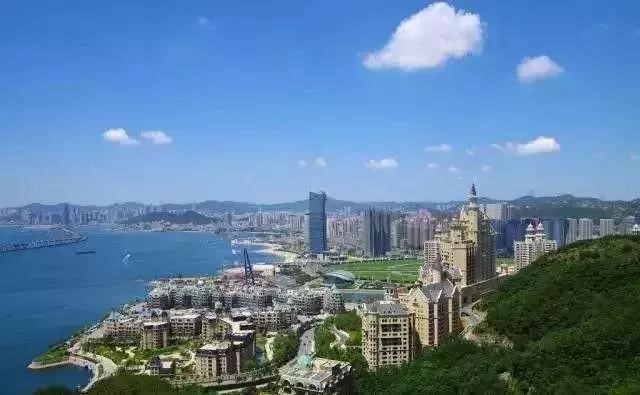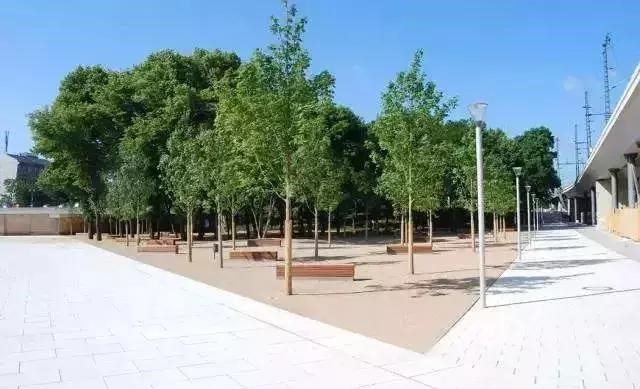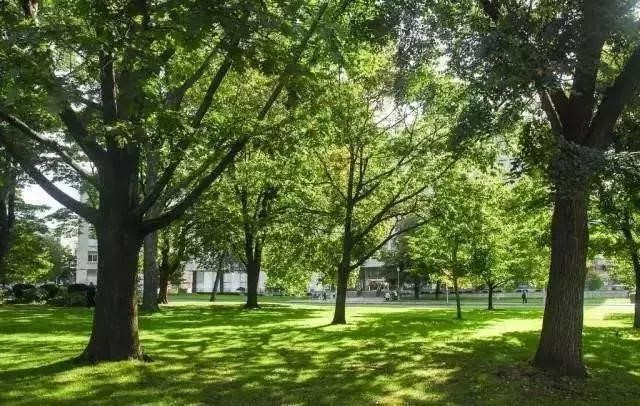Current situation of landscape industry five imbalances in development
1.The development of urban landscape in different areas is unbalanced.
The activities of building garden city reflect that there is a big gap between the underdeveloped areas in the central and western regions and the developed areas in the East. There are 136 landscape cities in 8 coastal provinces and cities, accounting for 38.6% of 352 landscape cities (including 7 urban areas); 9 ecological landscape cities are in coastal developed areas, accounting for 81.8% of the total; 2 are in the central region, but not in the West; there are 85 landscape cities and cities in 8 coastal cities and cities, accounting for 29.2% of 291 landscape counties in China.

2. There is imbalance in the development of landscape in the same city.
In many cities, there is a lack of green space in the central city and the old city, and the newly constructed green space is mostly located in the periphery of the city. The coverage rate of 500 meter service radius of most urban park green space is not high, and even there is a big gap between some cities and the ideal living environment for the requirement of 500 meter service radius, and a considerable number of people in the central urban area can not enjoy the landscaping achievements nearby.
3. The development of landscaping in small towns and big cities is not balanced.
In many cities, there is a lack of green space in the central city and the old city, and the newly constructed green space is mostly located in the periphery of the city. The coverage rate of 500 meter service radius of most urban park green space is not high, and even there is a big gap between some cities and the ideal living environment for the requirement of 500 meter service radius, and a considerable number of people in the central urban area can not enjoy the landscaping achievements nearby.

4.There is still imbalance in the development of landscape industry.
1) The theoretical research of landscape architecture industry is biased. For quite a period of time, the overall attention to the basic functions of landscaping is not systematic enough, more attention has been paid to the ecological functions of landscaping, and the relative expression of cultural and social functions and contributions of landscaping is not enough or there are problems, which leads to the misleading of confusing landscaping with general afforestation and forest into the city.
2) Basic research and practice are far behind the development needs. With the rapid development of planning, design and construction, some advanced design concepts and technologies are constantly integrated, but there is still a huge gap between the research and development work related to some basic aspects, such as plant breeding, horticultural cultivation and the world's advanced level, which is also an important link restricting the further improvement of the overall landscape level in China.
3) The management and maintenance level is seriously out of balance with the development speed of construction. With the rapid development of landscape construction, a large number of green space has been added, but the maintenance management is relatively backward, "three kinds, seven branches" situation is far from formed.
4) The lack of development potential of talent team affects the long-term development. The ability of scientific and technological innovation is insufficient, lack of scientific and technological leading talents and achievements accumulation, and the overall scientific and technological level of landscape architecture is not high.

5. Deepening reform and unbalanced construction of new governance system
1) The top-level design of the industry is seriously unbalanced with the development trend of the industry. Compared with the role of landscape architecture in China's construction, the absence of top-level design in some major systems has caused serious institutional obstacles in the development of the industry. For example, there is a serious imbalance between the classification of national economy industry, vocational qualification registration system, industrial policies and the needs of industrial development.
2) The system of laws and regulations does not coordinate with the development of landscape architecture. The regulations on urban greening issued by the State Council in 1992, during which China has experienced major changes in reform and opening up, but the regulations have not been revised for 26 years, far from meeting the needs of development.
3) The new effective governance system does not match the pace of deepening reform. The system reform and pace in the field of landscape architecture is relatively large. In the field of construction, the construction qualification of enterprises has been cancelled first. However, in the face of the market management problems after the cancellation of the qualification, no corresponding solutions have been put forward in time. In the face of a large number of non landscape companies' social funds entering the landscape field by PPP, how to control the design level and construction quality is still lack of effective mechanism.
4) The requirements of personnel organization team and career development are also asymmetric. In the face of the more and more onerous task of building a beautiful Chinese landscape in the new era, some local institutional reforms have begun to merge the landscape management departments, or even split the landscape function into different departments, which may have a negative impact on the development of landscape.
5) The management means are not suitable for the increasingly heavy construction management tasks. Modern management means are relatively weak, and some advanced means such as urban greening information system and enterprise information platform have not been developed and applied.



